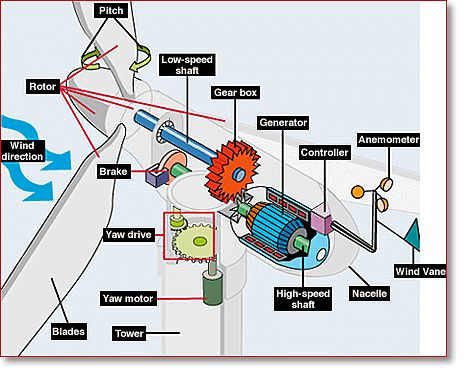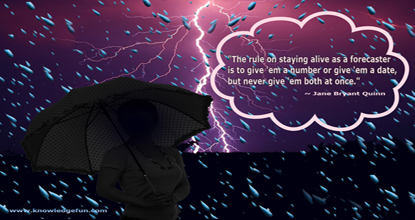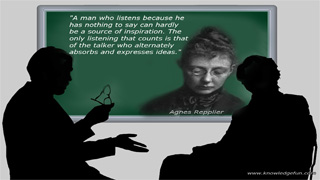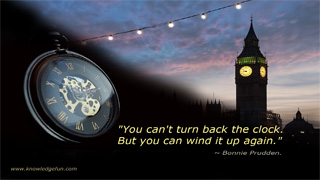Wind Turbines
Inside the Wind Turbine
Anemometer:
Measures the wind speed and transmits wind speed data to the controller.
Blades:
Most turbines have either two or three blades. Wind blowing over the blades causes the blades to "lift" and rotate.
Brake:
A disc brake, which can be applied mechanically, electrically, or hydraulically to stop the rotor in emergencies.
Controller:
The controller starts up the machine at wind speeds of about 8 to 16 miles per hour (mph) and shuts off the machine at about 55 mph. Turbines do not operate at wind speeds above about 55 mph because they might be damaged by the high winds.
Gear box:
Gears connect the low-speed shaft to the high-speed shaft and increase the rotational speeds from about 30 to 60 rotations per minute (rpm) to about 1000 to 1800 rpm, the rotational speed required by most generators to produce electricity. The gear box is a costly (and heavy) part of the wind turbine and engineers are exploring "direct-drive" generators that operate at lower rotational speeds and don't need gear boxes.
Generator:
Usually an off-the-shelf induction generator that produces 60-cycle AC electricity.
High-speed shaft:
Drives the generator.
Low-speed shaft:
The rotor turns the low-speed shaft at about 30 to 60 rotations per minute.
Nacelle:
The nacelle sits atop the tower and contains the gear box, low- and high-speed shafts, generator, controller, and brake. Some nacelles are large enough for a helicopter to land on.
Pitch:
Blades are turned, or pitched, out of the wind to control the rotor speed and keep the rotor from turning in winds that are too high or too low to produce electricity.
Rotor:
The blades and the hub together are called the rotor.

Tower:
Towers are made from tubular steel (shown here), concrete, or steel lattice. Because wind speed increases with height, taller towers enable turbines to capture more energy and generate more electricity.
Wind direction:
This is an "upwind" turbine, so-called because it operates facing into the wind. Other turbines are designed to run "downwind," facing away from the wind.
Wind vane:
Measures wind direction and communicates with the yaw drive to orient the turbine properly with respect to the wind.
Yaw drive:
Upwind turbines face into the wind; the yaw drive is used to keep the rotor facing into the wind as the wind direction changes. Downwind turbines don't require a yaw drive, the wind blows the rotor downwind.
Yaw motor:
Powers the yaw drive.
Learn how wind turbines work and find out more about types and sizes of wind turbines.
INFORMATION SOURCE: Information From U.S. Department of Energy - Energy Efficiency and Renewable Energy Wind and Hydropower Technologies Program
"The price of greatness is responsibility." ~ Sir Winston Churchill
:: What You Should Know ::
Small turbines are sometimes used in connection with diesel generators, batteries, and photovoltaic systems. These systems are called hybrid wind systems and are typically used in remote, off-grid locations, where a connection to the utility grid is not available.Larger turbines are grouped together into wind farms, which provide bulk power to the electrical grid.
Horizontal-axis wind turbines typically either have two or three blades. These three-bladed wind turbines are operated "upwind," with the blades facing into the wind.
Utility-scale turbines range in size from 100 kilowatts to as large as several megawatts.
Single small turbines, below 100 kilowatts, are used for homes, telecommunications dishes, or water pumping.
"There is an urgent need to stop subsidizing the fossil fuel industry, dramatically reduce wasted energy, and significantly shift our power supplies from oil, coal, and natural gas to wind, solar, geothermal, and other renewable energy sources."
~ Bill McKibben





